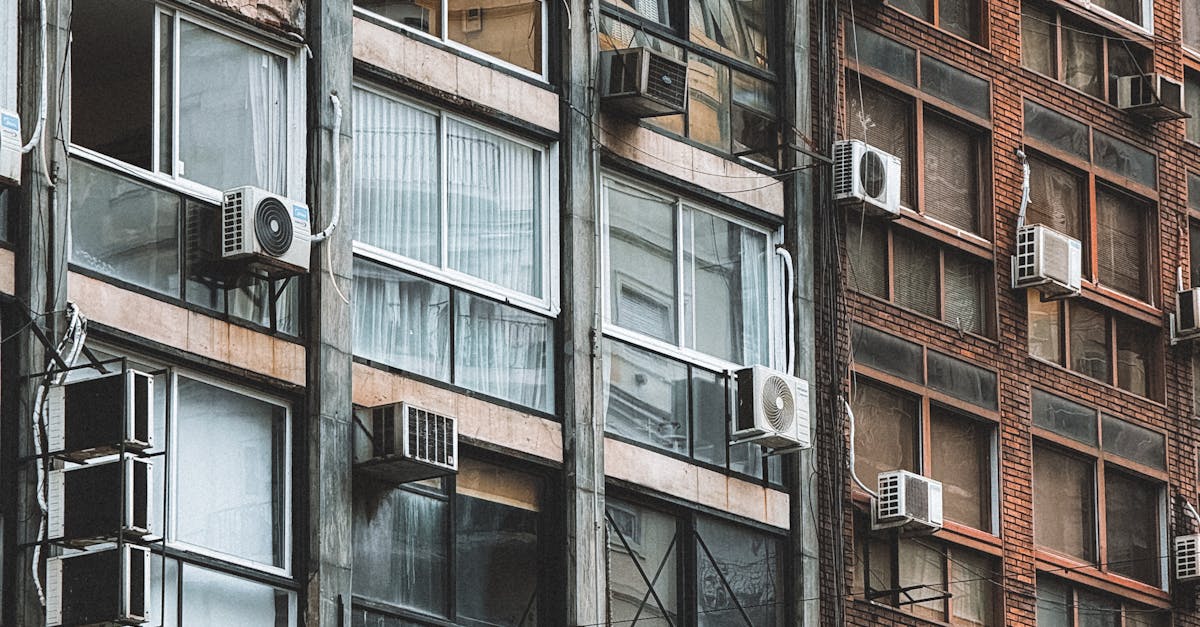Overview of Duct Material Selection for Ducted Air Conditioning
Privacy Policy
Table Of Contents
ily on non-renewable resources. Incorporating modular designs allows for ease of transport and installation, reducing carbon emissions associated with logistics. Emphasising local sourcing of materials can also support the community and decrease transportation-related impacts, aligning with sustainable practices in ducted air conditioning systems.
Installation Challenges Based on Duct Material
Different duct materials present unique challenges during installation. For example, metal ducts, while durable and efficient, can be heavy and require precise, often complicated, support systems. Incorrect installation can lead to air leaks and decreased efficiency. Conversely, flexible ducts are lighter and easier to manoeuvre, but they may be more prone to kinks and should be handled carefully to maintain airflow.
The choice of duct material can also impact the complexity of routing and design. Rigid ducting may demand more space and careful positioning to avoid disruptions. Flexible options allow for tighter bends and simpler alteration during installation, yet they often require more attention to sealing and insulation. Each material's characteristics dictate the approach technicians must take, affecting overall installation time and effectiveness.
Ease of Installation and Maintenance
The installation of duct systems can vary significantly based on the material chosen. Flexible ducts tend to be easier to handle and can navigate around obstacles more readily than rigid options. This flexibility can reduce the installation time, making them a popular choice for residential applications. However, rigid materials, while often more challenging to install due to their weight and the need for precise cutting, can provide improved airflow and structural integrity over time.
Maintenance requirements also differ between materials. Flexible ducts may require more frequent checks for leaks, as their material can be more susceptible to wear and tear. Conversely, rigid ducts generally demand less ongoing maintenance once installed correctly, given their durability. Ultimately, the ease of both installation and future upkeep plays a crucial role in material selection, impacting both the initial cost and long-term performance of ducted air conditioning systems.
Noise Levels and Duct Material
The materials used in duct systems can significantly influence the overall noise levels in air conditioning setups. Metal ducts are commonly associated with higher sound transmission due to their rigidity and ability to conduct noise from fans and airflow. Conversely, flexible ducts tend to absorb sound more effectively, producing quieter operation. A thoughtful choice in duct material can lead to a more comfortable indoor atmosphere, essential for both residential and commercial environments.
Additionally, the design and layout of the ductwork play crucial roles in managing noise. For example, strategically placed sound attenuators can help mitigate unwanted sounds. Insulated ducts can further reduce noise transmission by providing an extra layer of soundproofing. Attention to these factors during the planning and installation phases can result in a significantly quieter air conditioning experience, enhancing user satisfaction and overall comfort.
Ways to Minimise Sound in Duct Systems
Effective sound minimisation in duct systems can be achieved through several strategies. One approach involves selecting duct materials that provide better sound insulation. For instance, insulated ducting or flexible duct materials can significantly reduce noise transmission. Proper installation practices also play a crucial role. Ensuring that ducts are correctly sealed and supported can prevent the vibration that contributes to noise.